A growing trend has emerged in the past decade of residents leaving historically liberal states with high taxes and regulations for more economically free states. This exodus from blue states to red has economists and policy experts examining the root causes.
Everything from high-income taxes to restrictive housing policies has factored into the equation. The data shows a net migration out of states like California and into Texas and Florida. Understanding this shift in American migration patterns provides insights into how policy and governance impact people’s choices.
The Mass Exodus From Blue States Is Real
The 19 “Blue Wall” states have lost almost 5 million residents in the last 10 years. The states gaining the most population, particularly Florida, Texas, and the Carolinas, have surpassed the economic output of the Northeast for the first time.

Moore argues this mass migration shows that higher taxes and burdensome regulations are counterproductive policies. The population influx into southern and western states suggests Americans are moving to seize economic opportunity and financial advantage. Pro-business policies like lower taxes and fewer regulations attract individuals and businesses seeking to thrive.
High Taxes Are Driving People Away From Liberal States
The mass exodus of taxpayers from states like California, New York, and Illinois is largely attributed to “Blue State Dysphoria” and policies that aim to increase taxes on high-income earners. The migration of affluent residents has significant consequences for state economies as their tax contributions decline.
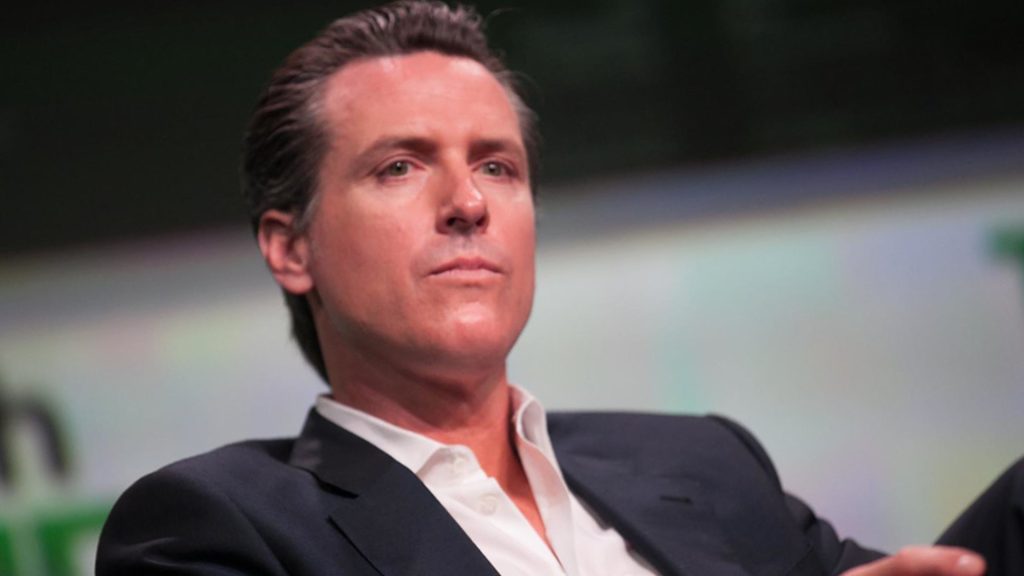
Low-tax states with pro-business environments are attracting both individuals and businesses seeking relief from high taxes and excessive regulations. States like Florida, Texas, and Tennessee have experienced substantial population growth largely due to their lack of a state income tax. The economic opportunity and lower cost of living serve as a compelling incentive for migration from high-tax states.
Overregulation and Red Tape in the Blue States
Blue states are renowned for strict regulations and extensive bureaucratic processes that create substantial business obstacles. According to economist Stephen Moore, overregulation and excessive red tape are primary factors driving the mass exodus from prominent Blue states.
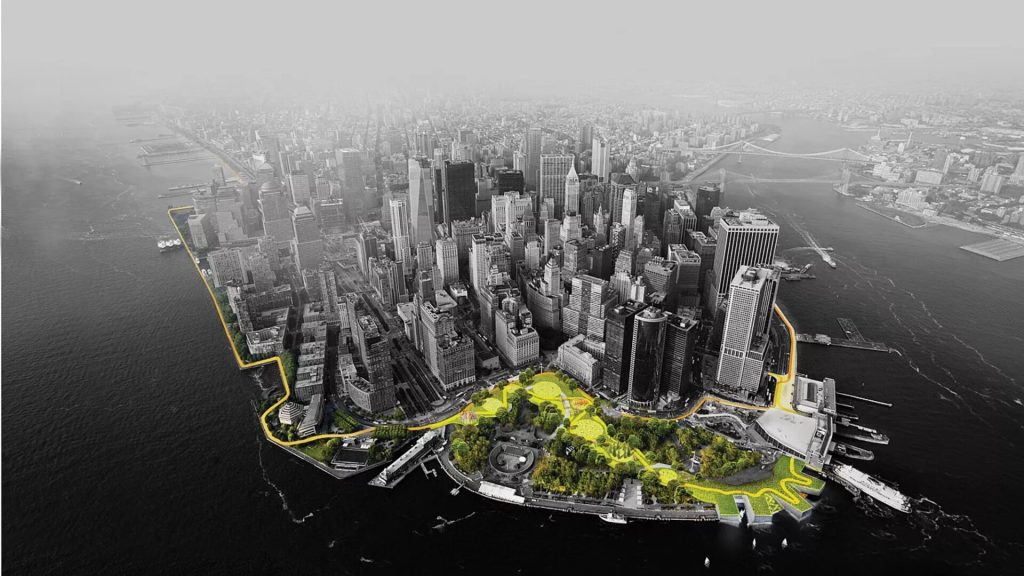
Blue states like California and New York have implemented some of the most stringent environmental regulations in the country, including policies like the Sustainable Groundwater Management Act and the Climate Leadership and Community Protection Act. While well-intentioned, these regulations significantly increase costs and compliance burdens for businesses, especially smaller companies with limited resources.
Complex Permitting and Licensing Requirements
Blue states are notorious for complex permitting and licensing requirements that delay and discourage new development. For example, California’s Environmental Quality Act (CEQA) mandates an extensive environmental review process for any project that may impact the environment.

This process can take years to complete and cost millions of dollars, only to still face potential lawsuits from opposition groups. The uncertainty and expense deter many businesses from starting or expanding operations in the state.
Restrictive Zoning and Land Use Policies
In addition to environmental and permitting regulations, restrictive zoning and land use policies in Blue states curb new housing and commercial construction. Limited availability of affordable housing and commercial space deters both businesses and residents from relocating to or remaining in these states.

While zoning and land use regulations aim to control growth and protect communities, they have inadvertently contributed to the housing crisis and broader Exodus from Blue states. The culmination of excessive regulations, bureaucratic red tape, restrictive zoning, and limited housing in prominent Blue states has cultivated an environment unfavorable for business and economic opportunity.
Rising Crime Rates in Major Liberal Cities
Major liberal cities in the US have experienced a spike in crime rates over the past decade. According to FBI crime statistics, cities such as Chicago, New York, Los Angeles, and San Francisco have witnessed substantial increases in rates of homicide, assault, robbery, and property crime.
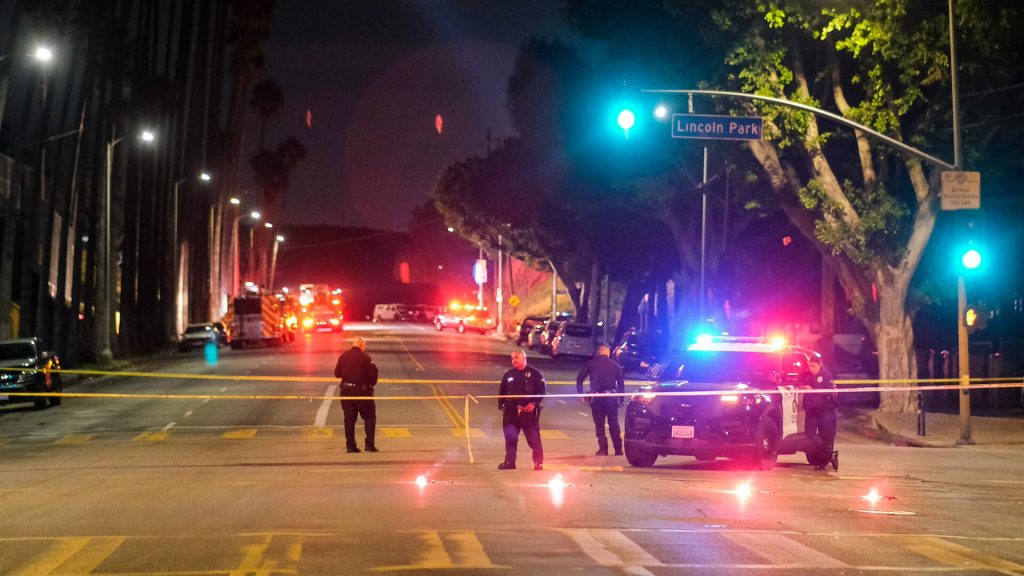
Liberal cities have pursued policies such as defunding the police and reducing law enforcement budgets and personnel. This has strained police departments and limited their ability to curb criminal activity. For example, in 2020, the Los Angeles Police Department had its budget cut by $150 million, forcing the elimination of the anti-gang and narcotics units.
Lax Sentencing and Rising Recidivism
Liberal prosecutors have been more lenient in charging and sentencing for many offenses. This “revolving door” of the criminal justice system has allowed repeat offenders to reoffend, contributing to higher crime rates. For instance, research shows that in San Francisco, over 40% of individuals released from county jail are rearrested within a year.

The consequences of rising crime rates have been far-reaching. Many residents report feeling less safe and a deteriorating quality of life in these cities. Businesses have also been impacted, with some closing or relocating to escape the effects of increasing criminal behavior.
Unaffordable Housing Pushing People Out of Blue States
According to economist Stephen Moore, unaffordable housing costs are a major factor driving the mass exodus from blue states. In an interview, Moore stated that “housing costs are so high in places like California, New York, and Illinois that many people simply can’t afford to live there.”
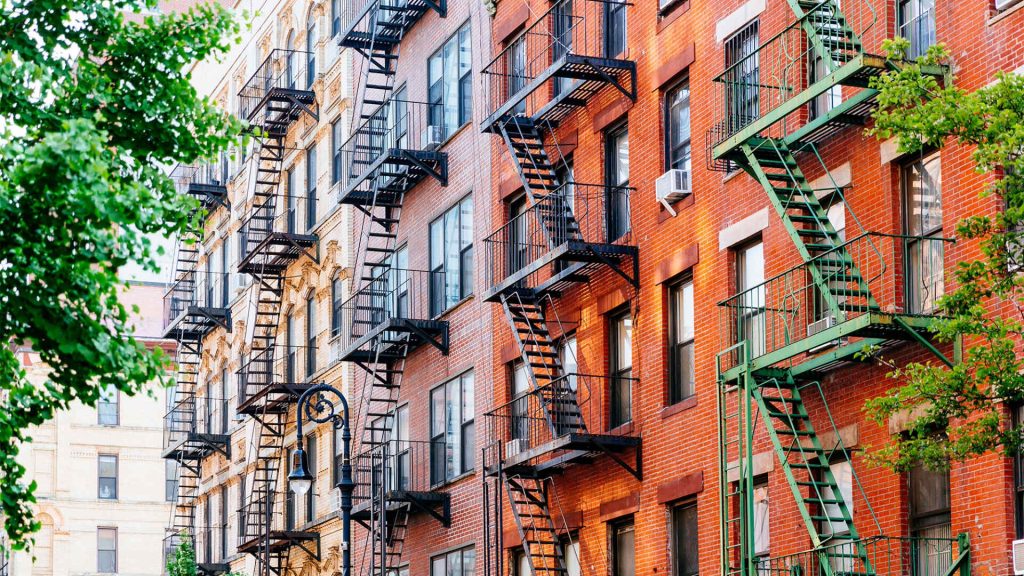
The median home price in California is over $600,000, more than double the national average. Rent prices follow a similar trend, with the average monthly rent for a one-bedroom apartment in San Francisco exceeding $3,500.
Poor Governance and Mismanagement in Democrat-Run States
Democrat-run states have long struggled with poor governance and fiscal mismanagement. Their insistence on raising taxes, especially on high-income earners and businesses, has led to disastrous consequences, including a mass exodus of residents and economic decline.
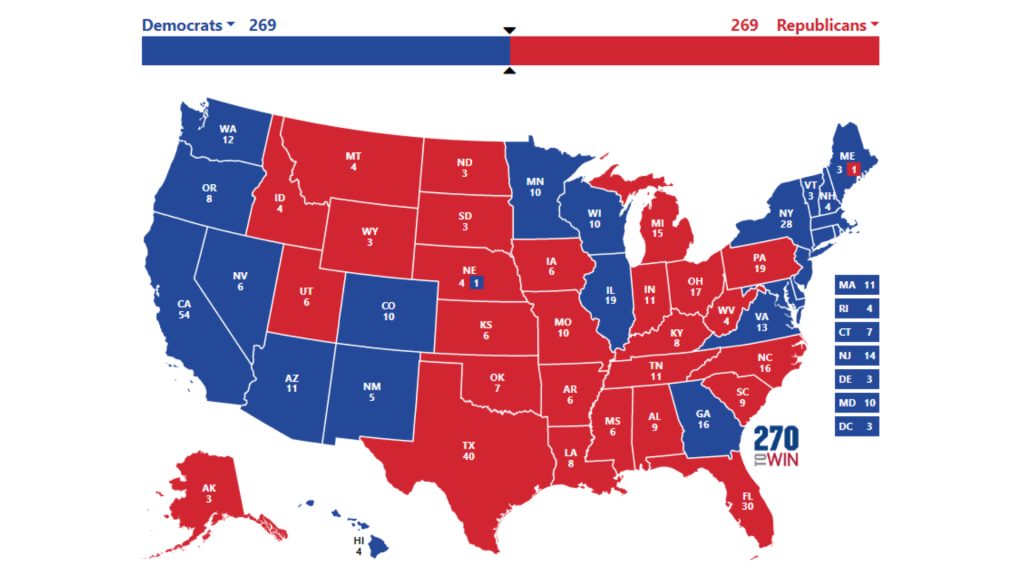
While some policymakers blame factors outside of their control, economist Stephen Moore argues that the root cause lies in “soak-the-rich” policies and a refusal to adapt to changing economic realities. The future of Blue states now hangs in the balance as they grapple with the consequences of years of mismanagement.
Conservative States Are Seeing Record Migration
The future of liberal states could be imperiled if current policies are left unchanged. Their fiscal outlook depends upon the ability to adapt to evolving migration and financial trends. Continuing to raise tax rates, especially on higher-income residents, has proven counterproductive by incentivizing emigration.
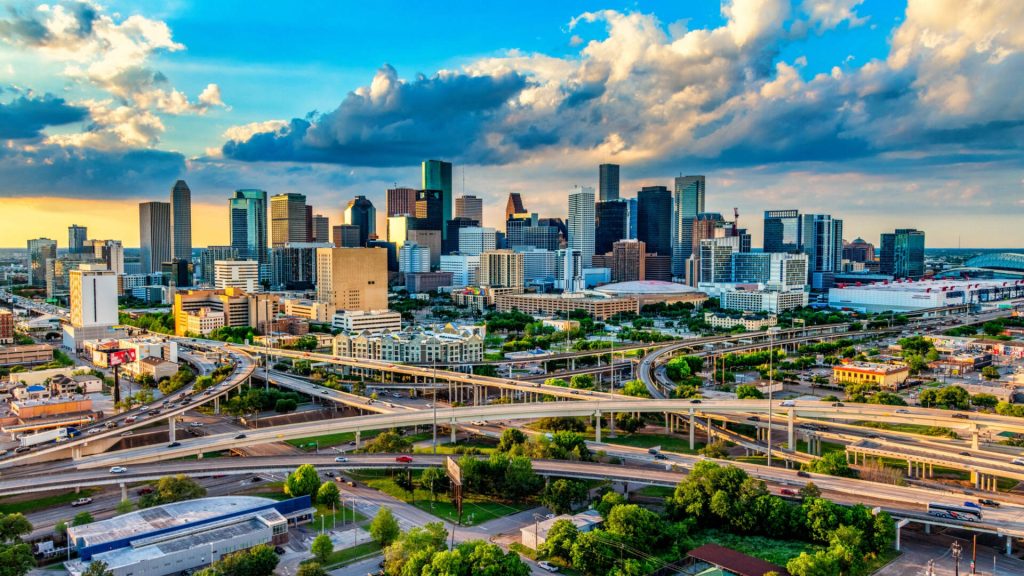
According to Investopedia, seven states currently have no income tax, including tourist hubs Florida and Nevada, in addition to Alaska, South Dakota, Tennessee, Texas, and Wyoming. Two additional states, New Hampshire and Washington, have limited or no tax on certain types of income. The strategic elimination of income taxes is anticipated to draw even more Americans to these states, further impacting liberal state populations.






